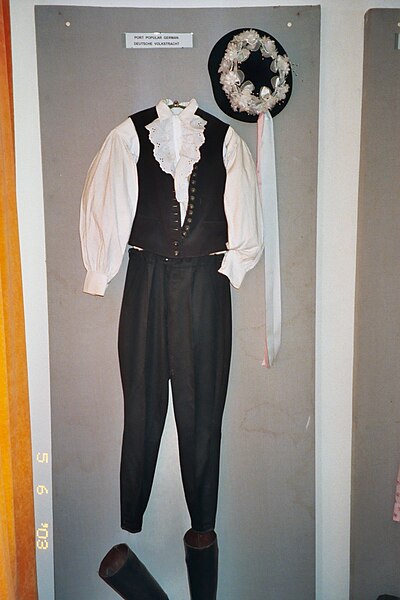In Croatia, there are over 2,900 people who consider themselves German, most of these Danube Swabians. Germans are officially recognized as an autochthonous national minority, and as such, they elect a special representative to the Croatian Parliament, shared with members of eleven other national minorities. They are mainly concentrated in the area around Osijek in eastern Slavonia.
Ethnic Germans in Austro-Hungarian lands, 1890 census
The Danube Swabians is a collective term for the ethnic German-speaking population who lived in Kingdom of Hungary of east-central Europe, especially in the Danube River valley, first in the 12th century, and in greater numbers in the 17th and 18th centuries. Most were descended from earlier 18th-century Swabian settlers from Upper Swabia, the Swabian Jura, northern Lake Constance, the upper Danube, the Swabian-Franconian Forest, the Southern Black Forest and the Principality of Fürstenberg, followed by Hessians, Bavarians, Franconians and Lorrainers recruited by Austria to repopulate the area and restore agriculture after the expulsion of the Ottoman Empire. They were able to keep their language and religion and initially developed strongly German communities in the region with German folklore.
Danube Swabian men's tracht, from the historic house of the parents of Stefan Jäger, Hatzfeld (Jimbolia), Romanian Banat.
Maria Theresa, Empress of Austria and Hungary
Traditional Swabian house in Hungary
Institute for Danube Swabian history and geography, Tübingen, Germany





